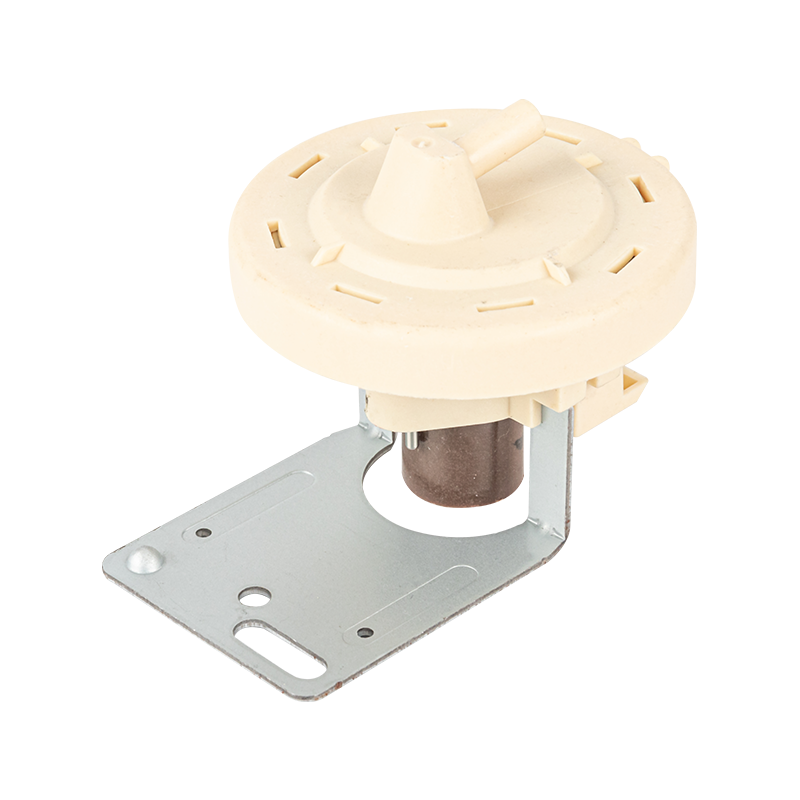Provide you with the latest enterprise and industry news.
1.Optimized Temperature Control:
Washer temperature sensors serve as important additives that make sure the water temperature aligns exactly with the selected wash cycle. These sensors display the temperature of incoming water and alter it as a result. By correctly assessing the water temperature, the sensor assists the system in adjusting the heating elements or mixing warm and bloodless water inputs to obtain the preferred temperature efficiently.
Furthermore, current washing machines equipped with advanced sensors can examine temperature versions in the course of the showering manner, permitting the device to make actual-time changes to preserve choicest temperatures.
2.Reduced Energy Consumption:
The unique monitoring facilitated via temperature sensors facilitates in optimizing strength utilization throughout laundry cycles. By accurately determining the temperature requirements and making necessary changes, these sensors save you excessive heating or cooling of water, thereby decreasing unnecessary power consumption. This green use of power results in value financial savings for the user and contributes to environmental sustainability through reducing normal power utilization.
3.Efficient Warm and Cold Wash Cycles:
For warm or warm water wash cycles, the temperature sensor guarantees the water reaches the specified temperature without overshooting it, saving strength by avoiding useless heating. Similarly, all through cold wash cycles, the sensor keeps the water at the preferred lower temperature without unnecessary cooling efforts, in addition contributing to electricity performance.
4.Preventing Overheating:
Washer temperature sensors play a vital role in stopping water from overheating. They monitor and modify the water temperature inside secure limits distinct through the selected wash cycle. This prevents excessive strength consumption and capability damage to fabrics due to excessive temperatures, ensuring green and secure washing.
5.Accommodating Varied Fabrics and Soil Levels:
Different fabrics and soil degrees necessitate varying water temperatures for most reliable cleaning. Temperature sensors assist in customizing the water temperature consistent with the particular wash cycle, fabric kind, and stage of soil. This particular adjustment guarantees powerful cleaning at the same time as minimizing strength usage by avoiding needless heating or cooling based totally on the load's requirements.
6.Smart Cycle Adjustments:
Some advanced washing machines make use of temperature sensors along with load sensors and smart algorithms. These sensors detect load sizes, fabric kinds, and soil degrees, allowing the gadget to make clever cycle changes. By tailoring the wash cycle precisely to the weight's necessities, inclusive of temperature and period, these machines optimize energy consumption even as making sure powerful cleansing.
7.Water Conservation:
Alongside strength efficiency, washing machine temperature sensors make contributions to water conservation. By making sure the gadget uses the precise amount of water needed for the chosen cycle and temperature settings, these sensors resource in lowering water wastage all through laundry operations. This optimization of water usage enhances the strength-saving efforts, contributing to average aid performance.
Temperature Sensor

Temperature Sensor


 EN
EN English
English 中文简体
中文简体







